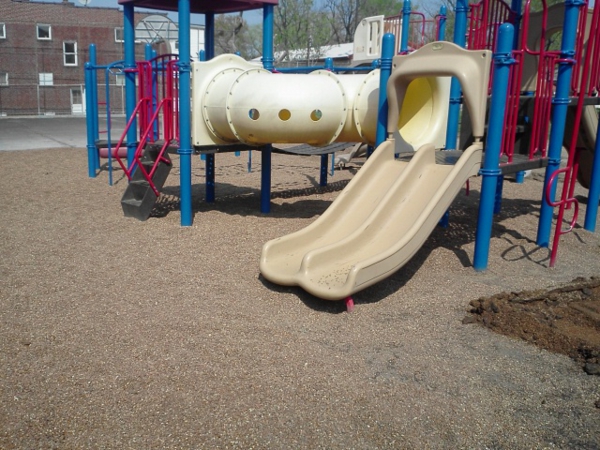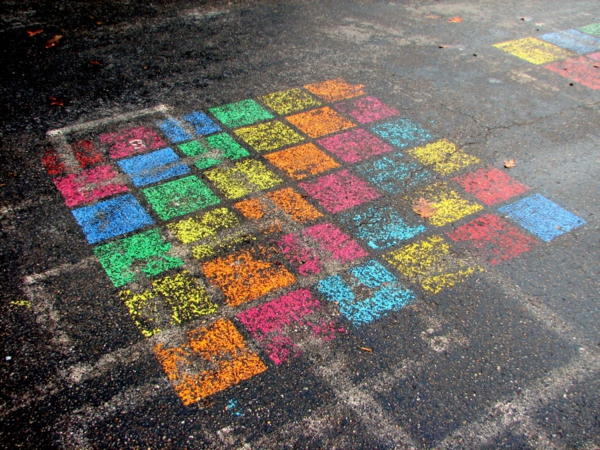When you’re designing a space that’s used for activities, it’s easy to consider the structures and resources you’ll need to include to make it functional and safe. Playgrounds will need swings, slides, and climbing structures. Exercise areas will need equipment, storage for that equipment, and enough room to safely accommodate a group of people. A pool deck will need safety equipment, changing facilities, and maybe some amenities to keep young swimmers entertained. Before you open your recreational activity to users, you’ll make sure that everything is in place to keep them equipped and entertained; most importantly, your area will keep them safe.

But in addition to all the equipment you’re planning on installing, make sure you think about what is probably the largest item in the recreational area: the ground cover surface. There are so many ground cover options on the market, but many planners of recreational spaces don’t realize that the industry has made a lot of advancements in recent years. Cement is no longer the only option – or the best option – for your playground or pool area.
While it seems like a sufficient and low-cost option, cement has some drawbacks that are worth consideration. Most importantly, it is a safety hazard. Falls, which are the most common accident in any play area, can be lethal if the landing surface is cement. It can also become very slippery when it’s wet, making it even more dangerous for pool areas and outdoor playgrounds. In the long term, cement isn’t even the most cost-effective option; it is extremely susceptible to the elements, and will crack and need repairs in as little as a year from installation. Mulch or large-grade gravel might seem like a safer option for playgrounds, but it’s not much better than cement. Mulch and gravel can both be displaced, leaving patches of hard-packed earth underneath. They can also be picked up and thrown by upset or overly excited children. Replenishing either material on a regular basis adds up quickly to a big long-term investment. Hard indoor surfaces like linoleum are low-maintenance, but offer virtually no shock absorption and can also be very dangerous when wet.

So what is the best surface for your recreation area? In most cases, it’s a poured rubber surface. Poured rubber is ideal for several reasons:
- It provides superior cushioning against impacts, and can be installed in the precise thickness necessary to keep your area safe against falls.
- It is non-slip, even when wet, so users can maintain traction and avoid falling (this is an exceptional feature in a pool deck).
- A high quality poured rubber surface is cost effective; it is much more durable than standard recreational surfaces, and is easier and less costly to replace.
- With a poured rubber surface, you can customize your recreational area using a variety of colors and designs.
- The appearance and safety will be long-lasting.
Contact American Safety Surface for step-by-step assistance in planning, installing, and maintaining your new, safe, recreational area.

